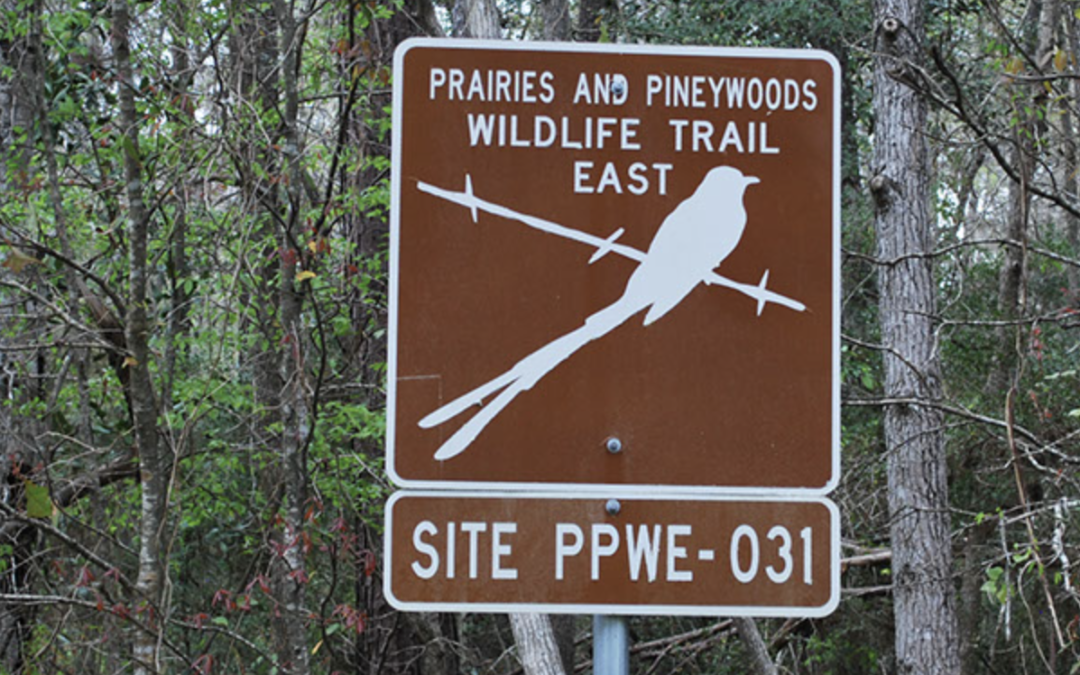The Sabine National Forest is located in the piney woods of east Texas, situated on the western slopes of the Sabine River watershed within Sabine, San Augustine, Shelby, Jasper, and Newton counties. Sabine National Forest is the easternmost of the four national forests in Texas and forms part of the boundary between Texas and Louisiana. Total forest acreage in the Sabine National Forest is 160,656 acres, with the largest majority of that acreage, 95,410 acres, being situated in Sabine County.
Ecologically diverse with plentiful wildlife and plant species, the Sabine Forest has been inhabited for over 10,000 years with the first people being roving seasonal hunters seeking the meat and plant life of the forest. Later, more inhabitants came seeking to settle in the area and establish more permanent dwellings and villages. These first inhabitants were called Tejas and later known as Caddo. By the 19th century, what was left after conflicts between early inhabitants and incoming European immigrants, the last known tribe of the area was relocated to Oklahoma.
A robust commercial timber industry developed in the late 19th century and by 1934, the lack of conservation of the timber resources prompted the Texas Legislature to approve the creation of national forests in Texas. Two agencies, the Texas Forest Service and the USDA Forest Service manage the four national forests in Texas which includes the Sabine National Forest.
The eastern part of the Sabine National Forest outlines the Toledo Bend Reservoir. Recreation developments adjacent to Toledo Bend Reservoir are extensive. Private facilities range from fish camps, with marinas and primitive camping, to highly developed lodges and motel type facilities. Outdoor recreation opportunities in the Sabine National Forest include fishing, hunting camping, hiking, horseback riding, and mountain biking. There are approximately 51 private fishing facilities on the Texas side of Toledo Bend Reservoir.

